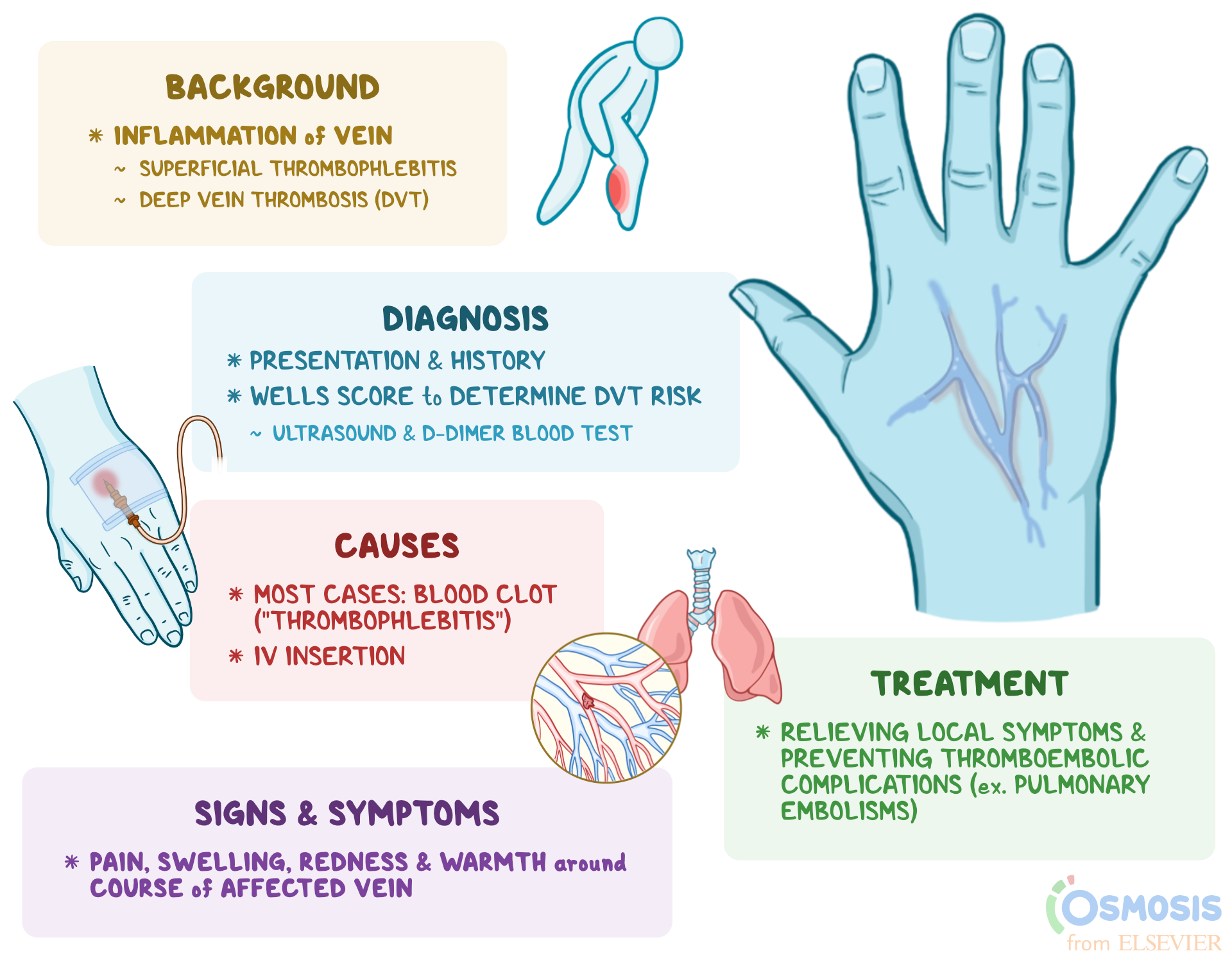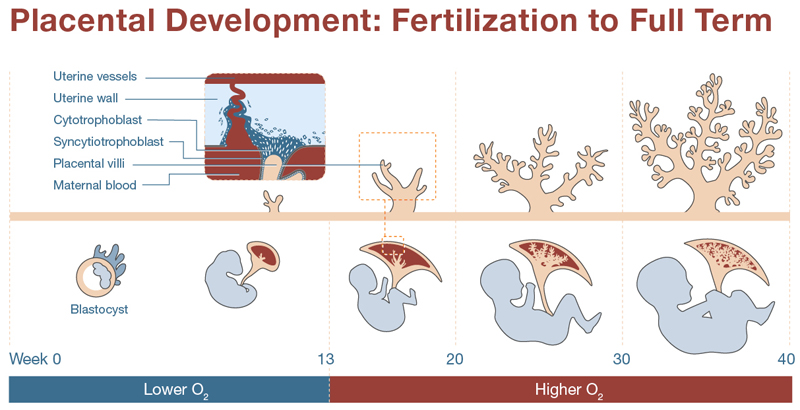A Guide for the Old Primipara: Navigating Motherhood
– pregnancy outcomes in elderly primigravida
– women over 35 years old conceiving for the first time
– incidence of elderly primigravida
– women conceiving late despite being married early
– high socioeconomic group
– common complications: anaemia, fibroids, pre-eclampsia, eclampsia, intrauterine growth restriction, twin pregnancies
– complications during labor: fetal distress, postpartum hemorrhage, retained placenta
– additional findings: gestational diabetes mellitus, caesarean section rate, normal deliveries, congenital anomalies
– high risk for complications: spontaneous abortion, preterm labor, prolonged labor, fetal distress, high caesarean rate, postpartum hemorrhage, congenital anomaly, increased perinatal mortality
– successful pregnancies with proper supervision
– retrospective study of elderly pregnant women
– age groups of the participants
– occupation of the participants
– history of previous abortions
– conception after treatment for sterility
– use of assisted reproductive technology
– need for Invitro-fertilization
– high rate of multiple pregnancies
– observed complications: hypertension, antepartum haemorrhage, preterm delivery, induction of labor, normal vaginal delivery
– delivery via caesarean section
– higher risk of specific pregnancy complications
– factors associated with increased risk: hypertension, diabetes, multiple pregnancy, preterm labor, antepartum haemorrhage, PROM (premature rupture of membranes), malpresentation, prolonged labor, increased caesarean section rate, postpartum hemorrhage









